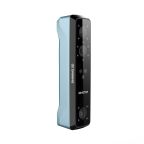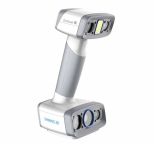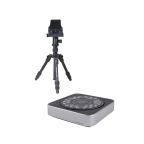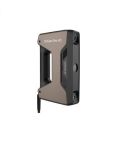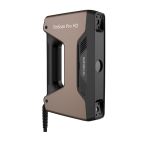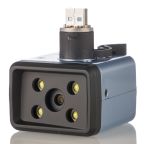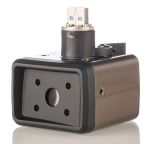3D Scanners
3D scanners turn physical objects into their three-dimensional (3D) representations, without any contact. Traditional cameras and scanners capture a two-dimensional (2D) image. Whereas 3D scanners capture, height, width, and depth of an object, and potentially other aspects such as colour.
This information is used to turn these objects into 3D data on your computer. With 3D scanners, you can choose an object and, with the help of a 3D printer, print it back out within few hours. So you can recreate accurate-scale models of existing things, such as sculptures or body parts.
Features of 3D Scanners:
Hybrid structure light source technology integrating LED structured light and invisible infrared light into one device and adding advanced smart pre-setting in different scan modes allows 3D scanning in a broad range of applications and promotes the popularization of portable 3D scanning technology.
Invisible Light 3D Scanning Experience: Face scanning mode adopts invisible infrared light enabling a safe and comfortable scanning process.
Fast Scanning
With a built-in colour camera captures full-colour texture capturing and tracking by texture.
Uses of 3D scanners:
- Education
- Architecture
- Prototyping and designing
- Art/History
- Automotive
- Construction
- Fixing or modifying household items
- Manufacturing product parts
- Medicine
- General-purpose 3D renderings
Types of 3D Scanners
Handheld 3D Scanners: Portable for easy operation
Desktop 3D Scanners: The next generation of desktop 3D scanners maximize your 3D scanning capability on your desktop. Capable of scanning with or without a turntable, allows them to capture objects of small to large sizes easier and faster than ever before. Using white light makes them safe and easy to use while their compact size makes them more accessible. Delivering highly accurate and surprising detailed scans.
